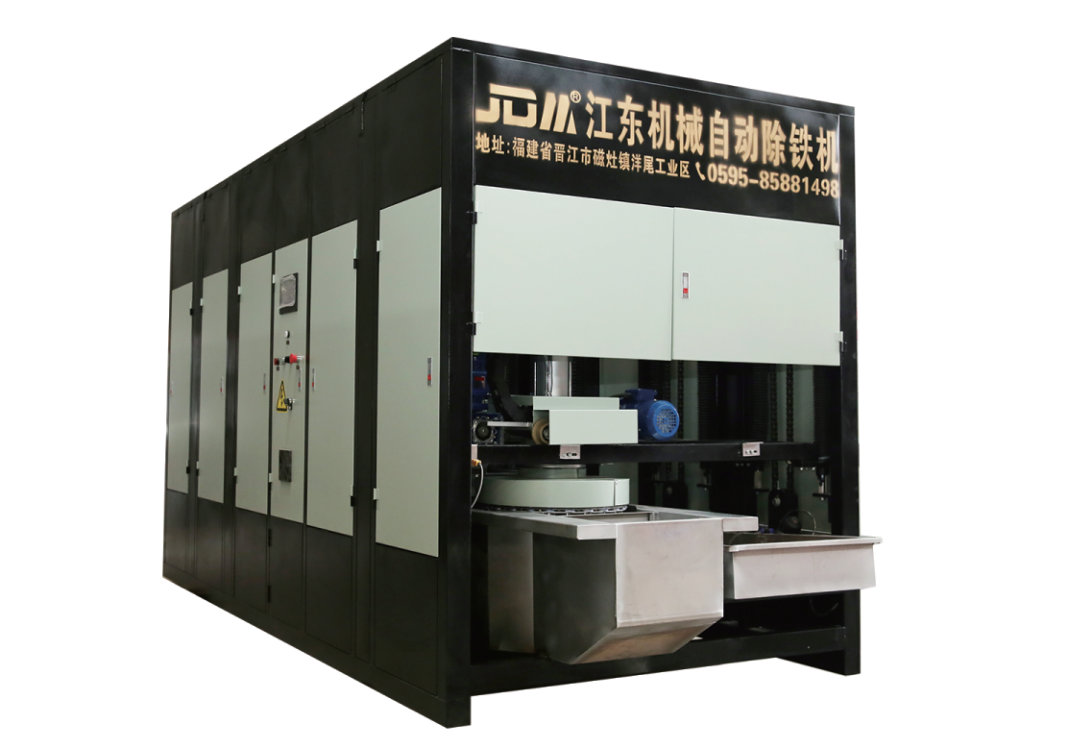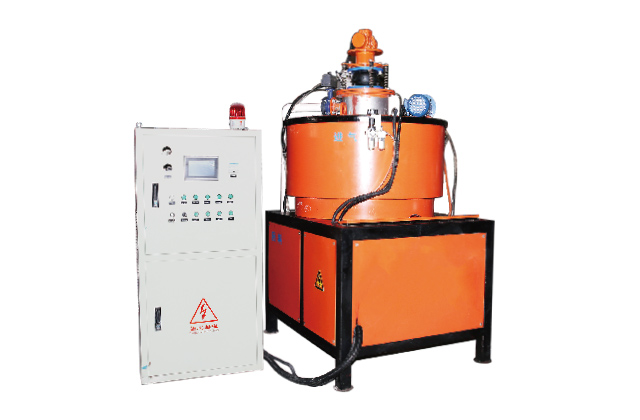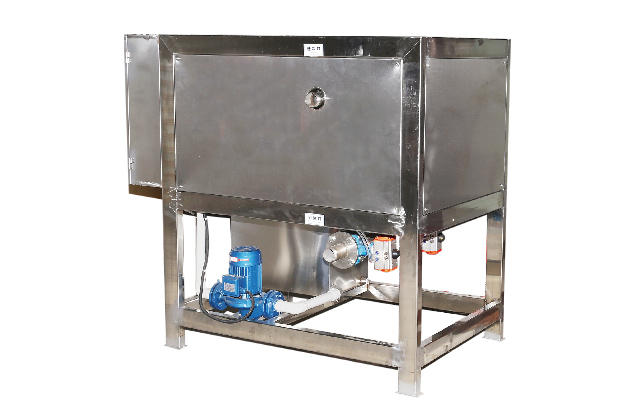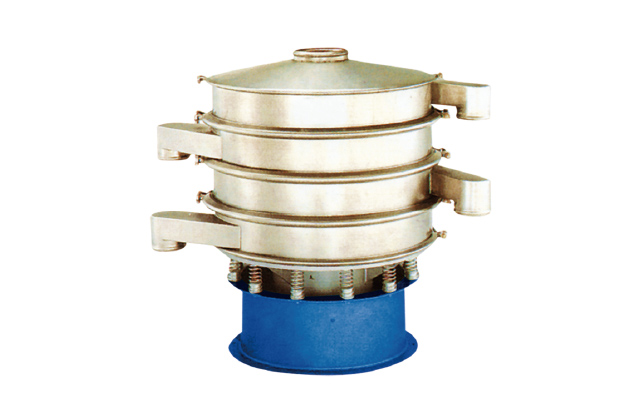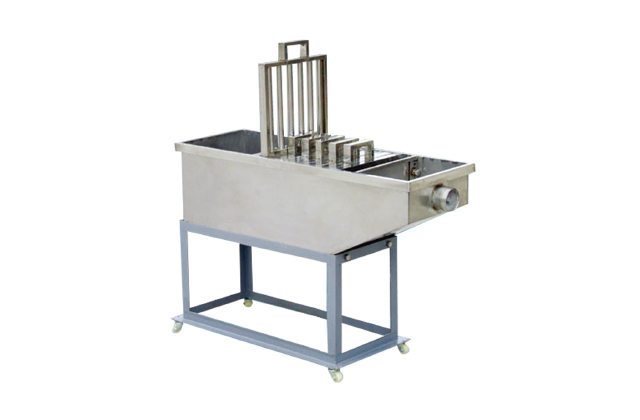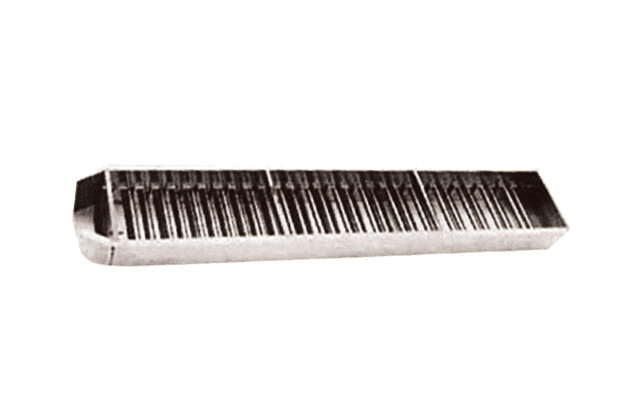August 28, 2025
How Is Aluminum Separated from Iron?
Understanding the Basics: Separating Aluminum and Iron
When it comes to separating aluminum and iron, the process can seem straightforward, but it involves some fascinating science. Both aluminum and iron are widely used metals in various industries, from construction to packaging. However, their properties differ significantly, which makes separation possible. In this article, we’ll explore the methods and tools used to separate these two metals effectively.
The Role of Magnetic Separation
One of the most common methods used to separate aluminum and iron is magnetic separation. Iron is a ferromagnetic metal, which means it is attracted to magnets. On the other hand, aluminum is non-magnetic. This difference in magnetic properties makes it easy to separate the two metals using a simple magnet or a magnetic separator machine.
For instance, in recycling plants, magnetic separation is widely used to sort iron from aluminum. The process involves passing a mixture of metals over a magnetic conveyor belt. The iron pieces are attracted to the magnet and separated from the aluminum, which falls off the belt.
Density Separation: Another Effective Method
Another method used to separate aluminum and iron is based on their differences in density. Aluminum has a lower density compared to iron, which means it is less heavy. This property can be utilized in various separation techniques.
In some cases, air jets are used to blow lighter aluminum particles away from heavier iron pieces. This method is particularly useful in industrial settings where large quantities of metals need to be processed quickly and efficiently.
Chemical Separation: A Less Common Approach
While magnetic and density separation are the most common methods, chemical separation can also be used in specific situations. This method involves using chemicals to react with one of the metals, making it easier to separate them.
For example, certain acids can react with iron but not with aluminum, causing iron to dissolve while leaving aluminum intact. However, this method is less frequently used due to its potential environmental impact and the cost of chemicals.
Why Separation Matters
The separation of aluminum and iron is not just a technical process; it has significant economic and environmental implications. Recycling metals reduces the need for mining raw materials, which helps conserve natural resources and reduce energy consumption.
Moreover, separating metals ensures that they can be reused in their pure form, maintaining their quality and value. This is especially important in industries where the purity of materials is crucial for product performance and safety.
Challenges in Separation
Despite the effectiveness of these methods, there are challenges in separating aluminum and iron. One of the main issues is the presence of contaminants or mixed materials, which can make the separation process more complex.
In addition, the cost of equipment and the need for skilled labor can be a barrier for smaller recycling operations. However, advancements in technology are continually improving the efficiency and accessibility of metal separation techniques.
Conclusion: The Future of Metal Separation
Separating aluminum and iron is a crucial process that relies on understanding their physical and chemical properties. From magnetic separation to density-based methods, there are various tools and techniques available to achieve this goal effectively.
As industries continue to evolve, we can expect even more innovative solutions to emerge, making metal separation faster, cleaner, and more efficient. Whether you’re working in recycling, manufacturing, or another field, understanding how to separate metals like aluminum and iron is an essential skill for the modern world.

